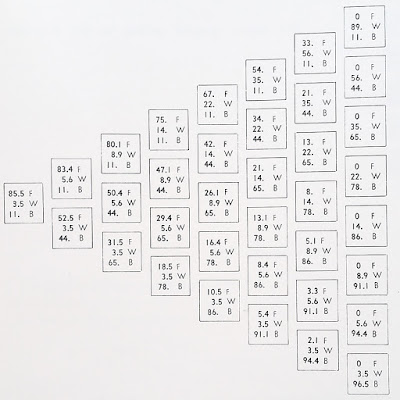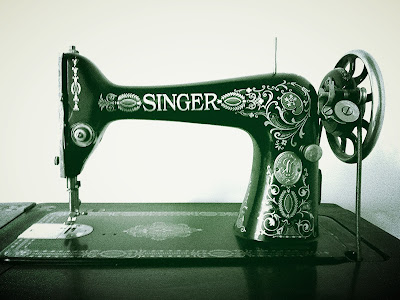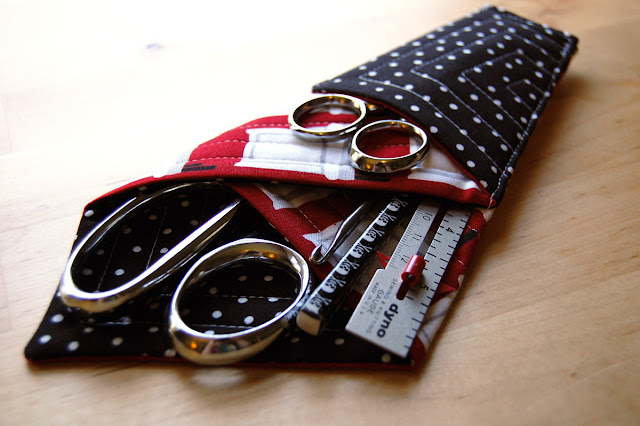300+ Years of Color Theory: Monument to Color
This book is included in a reading list on the history of Color Theory. Find the homepage for the series here.
Monument to Color is Faber Birren’s ideology on color and how to use it, published in 1938. While the format of his book seems to follow to those from the 19th Century (like Chevreul and Rood), Birren’s book includes some very unique ideas.
Looking back at the other books read in this series, color wheels can be categorized as one of 3 major systems; the spectrum (Newton and Munsell), a 3-color primary system (Goethe, Rood, Harris, Chevreul), or the psychological colors (Ostwald). Birren has a totally new approach to his color wheel that he calls the Rational Color Wheel.
His wheel begins with the psychological colors opposite each other in Red/Green and Blue/Yellow on the wheel, with the secondary and tertiary colors filling in (along the same lines as the Ostwald color wheel). But then Birren suggest this creates too many cool colors that the human eye cannot easily distinguish between, and removes several colors through the green side of the wheel. The result is an off-center wheel with some colors left without a complementary partner.
I'm not sure how it would be to use the Rational Color Circle in practice, but leaving some colors without complements seems a bit awkward to me. I can't imagine using such a lopsided system!
He also presents a simplified color triangle along the same lines as Ostwald and even includes a chart on “The Birren Color Equation” for charting hues combined with black, white, and gray.
Birren’s equations within the system are based on black/white value with hue. This chart represents the amount of black and white added to a hue with two numerals, the hue has no numerical value in this system.
Ostwald's system contains equations made of 3 numerals; black content, white content, and hue content. Although the formulas differ between the two, the grid system is very similar (chart above from Jacobson’s BasicColor). In this respect, there's not much new with Birren's approach to organizing color tints, tones, and shades within a triangular grid.
There is, of course, an entire section of rules for color harmony in this book. Not surprisingly, they are similar to Ostwald's system. Birren concludes that any straight line drawn within the grid lines of his Color Equation triangle will result in natural color harmony.
What does set Birren’s approach apart from Ostwald's is the pages and pages he writes in detail about how to use color to create different effects. Included at the back of the book are several very beautifully colored plates illustrating these effects - here are just a few.
Color plate VII demonstrates luster in the appearance of opalescence.
Color plate V demonstrates luster in the appearance of metal.
Color plate VII demonstrates luminosity with the appearance of colored lights. I'm impressed to read that Birren did paint all of these examples himself, along with more colored paintings demonstrating principles of color theory and color effects. Not all color theorists that have written advice to painters on the use of color were adept painters themselves!
Still, I have to admit, I was a little bit let-down after reading Monument to Color. I anticipated something wonderful in this book, something groundbreaking and maybe even a new point of view on color from Birren (being such a noted scholar in the field). To find that he's basically rehashing ideas from Ostwald is a disappointment. I might feel different if he unabashedly promoted Ostwald's system, and then showed how he used it to create beautiful work. But it seems like he just made enough small changes in Ostwald's system to call it his own.
On the other hand, I was not disappointed in the great care Birren took to write about how to use colors to create different effects as mentioned above. And props to Birren for actually creating work with paint with the ideas he's presented. I would recommend reading his advice on the use of color to create effects to any painter or artist who creates with color.
This particular volume is hard to find, but there is another Birren book reprinted in the 1980's called Principles of Color, in which you can find some of his principles for using color to create different effects if you're interested.
And now I'm wondering if this is the point in history where things start to stagnate with color theory. I do know that there is a book on my list written in the 1980's that will shatter some of the earlier established thoughts on color theory. I'm looking forward to that book, but until then I'm moving on to Birren's companion to this book titled The Story of Color: From Ancient Mysticism to Modern Science!











Comments